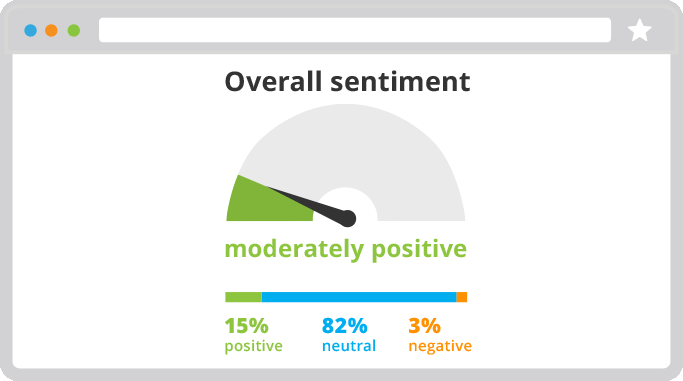3 Ways to Build Your Social Media Community with Social Listening
Social media is more than just a marketing avenue and means of engagement with your customers. It’s a way to listen and learn about how your customers truly feel about your company, and to use that information to build a strong community around your brand.
By definition, social listening is about tracking social-media activities around specific words, phrases, topics, and brands. This can be done across various social-media platforms, with some of the most common ones being Facebook, Twitter, and Instagram.
Once companies determine specific keywords and hashtags they want to listen for, they can then deploy some form of social-listening tools like Hootsuite, Sprinklr, or Sprout. These tools will then allow you to view and analyze the discussions that people are having around key topics (as well as your brand) on social media. When implemented effectively, social listening helps businesses address common complaints, identify new sales opportunities, and lower market research costs. The result is increased customer retention, revenue, and loyalty.

1. Interact with your customer community
When responding to comments and engaging with your social media community, here are some key best practices to keep in mind:
Consistency. Responding to comments and feedback on social media is no longer optional. Plan to address every complaint that your social-listening efforts uncover, as difficult as the conversation might be. Also have a game plan to respond as much as possible to neutral and positive comments to keep the conversation going.
Branding. When responding to consumers on social media, make sure your entire team is prepared to respond with a unified brand voice. No matter who from your company is engaging with people on social media, the tone, voice, and style should be consistent with your overall brand image.
Follow up. It’s easy enough to address someone’s complaint or provide additional support and information via social channels. But it’s also important to implement a strategy that helps you win that customer’s business in the future. This could be anything from explaining steps you’re taking to remedy an issue to offering additional discounts or vouchers. And beyond fixing a specific issue, you want to let the customer know what steps you’re taking to ensure the same problem doesn’t occur in the future. Ideally you should follow up within 72 hours, but the important thing is to communicate your follow-up timeline so that the customer feels secure that you’ll be touching base again to address any additional issues.
2. Use service as a brand ambassador
Social listening plays a critical role in both customer service and brand identity — because how you respond to issues voiced via social media goes a long way towards affecting how people perceive your brand. By gauging how people are reacting (positively or negatively) to their experience with your brand, you’ll be able to provide more seamless and efficient customer service.

Take the experience of passenger Esaí Vélez on JetBlue, for example. During his four-hour flight on the airline, Vélez’s seatback screen wasn’t functional, showing him nothing but static while passengers around him were perfectly able to enjoy their in-flight entertainment. Vélez took to Twitter mid-flight, taking a picture of the screen and noting his disappointment with the experience. JetBlue’s social-monitoring team picked up on the situation, and within 23 minutes of the complaint the brand responded by both empathizing with the situation and offering him credits to remedy the situation.
3. Identify and overcome common objections
Whole Foods is another brand that’s well-known for utilizing social listening and social-media tools to cultivate a strong brand identity among consumers. Through their social-listening efforts, Whole Foods identified that one of the main drawbacks in the minds of their customers was that their products were significantly overpriced. The company discovered this after the over-pricing accusation affected its stock price and overall customer sentiment. The result was that Whole Foods created a new social-listening crisis response group to engage with people who were complaining about pricing, and engage with individual customers to explain why products are priced the way they are. Whole Foods now uses the team to remedy myriad issues that appear on social media that could negatively affect their brand reputation.
These are just a few notable examples of how brands can, and should, implement a social-listening strategy to build credibility around their social-media communities. While social listening can be an intimidating endeavor — after all, who wants to read about their customers’ complaints and negative experiences? — it presents a unique opportunity to understand how people truly feel about your brand. By understanding what social listening technologies are available, and following best practices in engaging people who voice their opinion on platforms like Facebook and Twitter, you’ll be able up your level of customer service and take your brand’s reputation to the next level.



